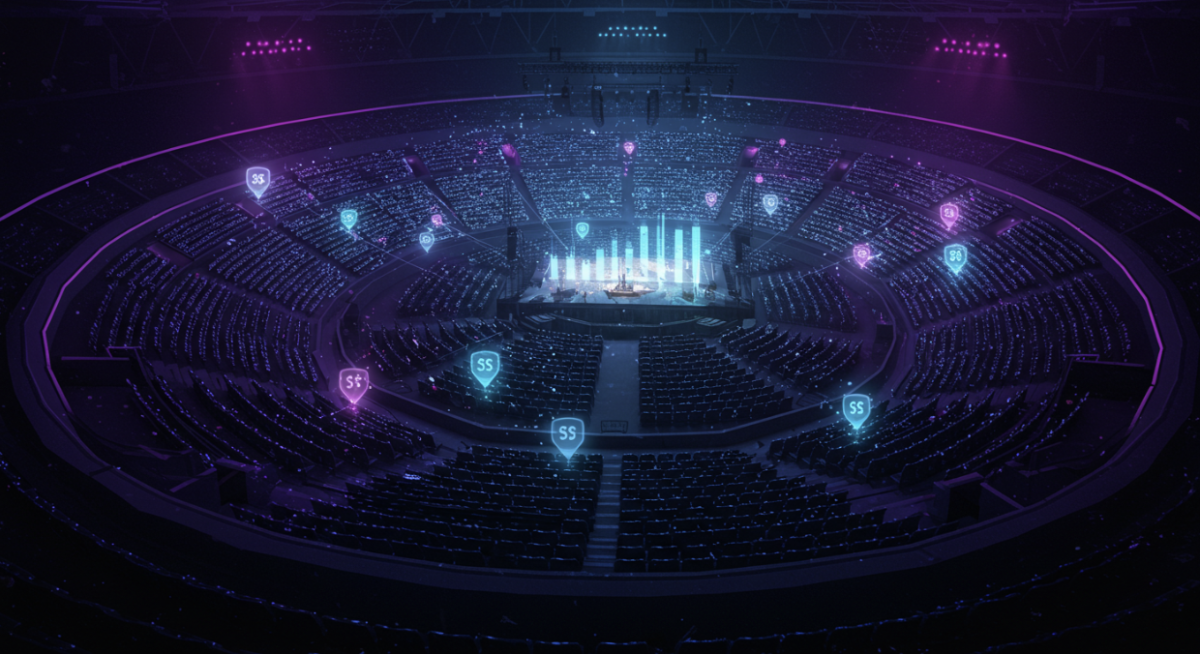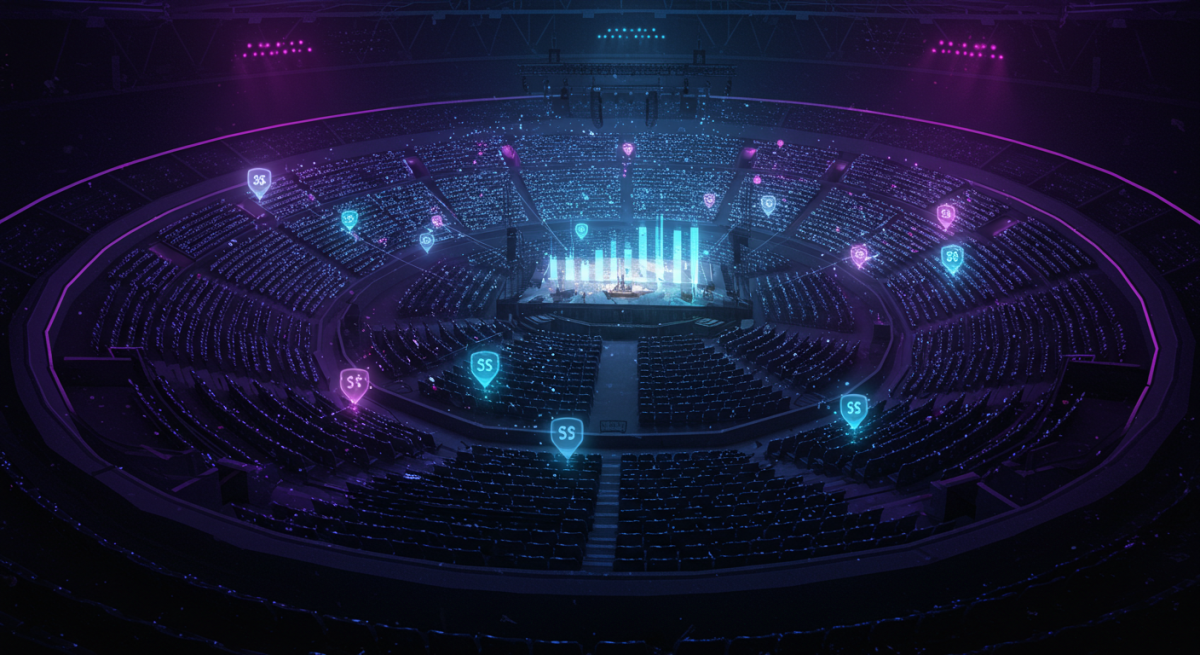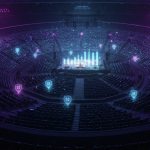While fans complain about rising ticket costs, smart pros using dynamic pricing for concert promoters are seeing significant profit improvements.
- Revenue increases when venues implement demand-based pricing strategies
- Profit improvements through sophisticated algorithmic optimization
- Success depends on strategic implementation that balances profit with relationship management
- Technology integration separates winning promoters from those stuck with static pricing
The key? Understanding how to implement these systems thoughtfully rather than reactively.
The live music industry hit $23 billion in revenue during 2024, with concert attendance reaching record highs despite (or perhaps because of) rising ticket prices. While controversy swirls around dynamic pricing practices, promoters embracing intelligent pricing strategies are leaving static-pricing competitors in the dust.
But here's what the headlines miss: By using dynamic pricing, concert promoters aren't randomly increasing prices. They're using data-driven analysis to optimize revenue while maintaining the delicate ecosystem that keeps venues, artists, and fans engaged. The difference between success and backlash? Understanding how to implement concert ticket pricing strategies that work for everyone.
Why Are Static Pricing Models Hemorrhaging Revenue?
Fixed pricing made sense in 1995 when promoters relied on phone calls and fax machines. Today, it doesn't make sense. The U.S. music industry generated $11 billion in 2023, with concerts contributing approximately 45% of global music revenues. Yet many promoters still price tickets as if demand never fluctuates.
Static pricing assumes your Tuesday show in February has the same value as your Saturday show before a holiday weekend. It ignores the reality that a sold-out venue creates exponentially more value than one half-full, not just in ticket revenue but in bar sales, merchandise, and that electric atmosphere that keeps fans coming back.
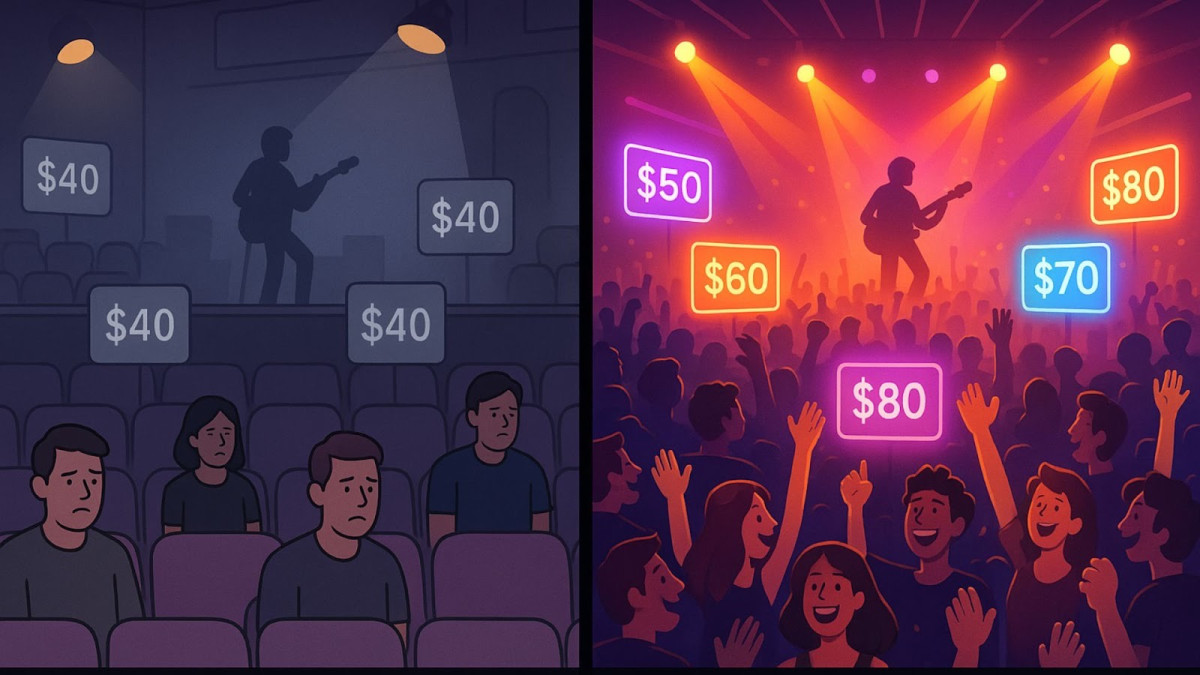
For concert promoters working with tight margins, even modest improvements transform break-even shows into profitable events. The financial impact becomes particularly significant when compounded across multiple events throughout a season.
What's the Science Behind Revenue-Maximizing Dynamic Pricing?
Dynamic pricing for live events operates on mathematical principles that surpass simple supply and demand adjustments. Unlike traditional approaches that treat all customers identically, sophisticated systems analyze individual purchasing patterns, competitor behavior, and market conditions to optimize revenue across entire event portfolios.
Here's the mathematical reality: Companies using dynamic pricing experience a 5% average increase in profit margin per product or service sold. The mechanism works by continuously analyzing multiple data streams (historical sales patterns, social media buzz, weather forecasts, competing events) to adjust prices in real time.
For live events, you should be tracking metrics like ticket velocity (how quickly tickets sell in the first 24–48 hours), demographic data of early purchasers, and external factors like artist media appearances or viral social moments. When Taylor Swift announces surprise album tracks on Instagram, advanced pricing algorithms can adjust her tour prices within hours.
Static pricing leaves money scattered across the secondary market, where scalpers and resellers capture margins that should flow to artists and venues. Venues using tiered pricing strategies (offering multiple price points based on demand) see consistent revenue improvements across all events.
How Can Five Dynamic Pricing Strategies Transform Your Revenue?
Smart promoters don't just flip a switch and hope for the best. They implement specific strategies designed to optimize different aspects of their revenue mix:
|
Strategy |
Best Use Case |
Expected Impact |
Implementation |
|
Velocity-Based Adjustments |
Mid-sized venues with predictable patterns |
Revenue increase |
Monitor early sales, trigger auto-adjustments |
|
Time-Decay Models |
Events with advance booking windows |
Higher conversion rates |
Early bird → gradual increases |
|
Competitive Response |
Saturated markets with multiple venues |
Maintain market position |
Real-time competitor tracking |
|
Demographic Segmentation |
Diverse customer bases |
Improved loyalty + acquisition |
VIP/loyalty pricing tiers |
|
Inventory Optimization |
Venues with ancillary revenue |
Total profit maximization |
Balance capacity vs. per-person spend |
1. Velocity-Based Tier Adjustments
Monitor early sales velocity to trigger automatic price adjustments. If tickets move faster than historical averages for similar events, algorithms increase prices for remaining inventory. Conversely, slow-moving shows see strategic price reductions to stimulate demand. This strategy works particularly well for mid-sized venues where optimizing capacity utilization directly impacts profitability.
2. Time-Decay Pricing Models
Implement strategic price changes based on proximity to the show date. Early bird pricing captures committed fans while gradually increasing prices as the event approaches. This strategy creates urgency without alienating price-sensitive customers who plan ahead. When combined with AI-powered demand forecasting, time-based models can deliver significant revenue improvements while maintaining fan accessibility.
3. Competitive Response Algorithms
Track competitor pricing for similar events in your market and automatically adjust to maintain competitive positioning. This approach prevents revenue leakage to competing venues while ensuring you don't underprice high-demand shows. The key is setting parameters that respond to competition without triggering destructive price wars.
4. Demographic-Driven Segmentation
Use customer data to offer differentiated pricing based on purchase history, loyalty program status, or geographic location. VIP customers might receive priority access at standard pricing, while new customers see early-bird incentives. This strategy maintains relationships with core audiences while optimizing revenue from occasional attendees.
5. Real-Time Inventory Optimization
Adjust pricing based on remaining inventory and optimal capacity targets. Rather than simply raising prices as tickets sell out, sophisticated systems consider total venue profitability, including bar, merchandise, and parking revenue, to determine optimal attendance levels for maximum per-event profit.
How Do Modern Venue Management Systems Enable Seamless Price Optimization?
The difference between dynamic pricing success and disaster often comes down to operational integration. Manual price adjustments create chaos; automated systems create competitive advantages.
Modern venue management platforms integrate pricing algorithms directly with ticketing systems, financial reporting, and settlement processes. Price changes automatically flow through to box office terminals, online sales platforms, and revenue projections without creating discrepancies or confusion.
When your pricing system communicates with inventory management, marketing automation, and customer relationship tools, you can implement personalized offers, targeted promotions, and coordinated marketing campaigns that support premium pricing.
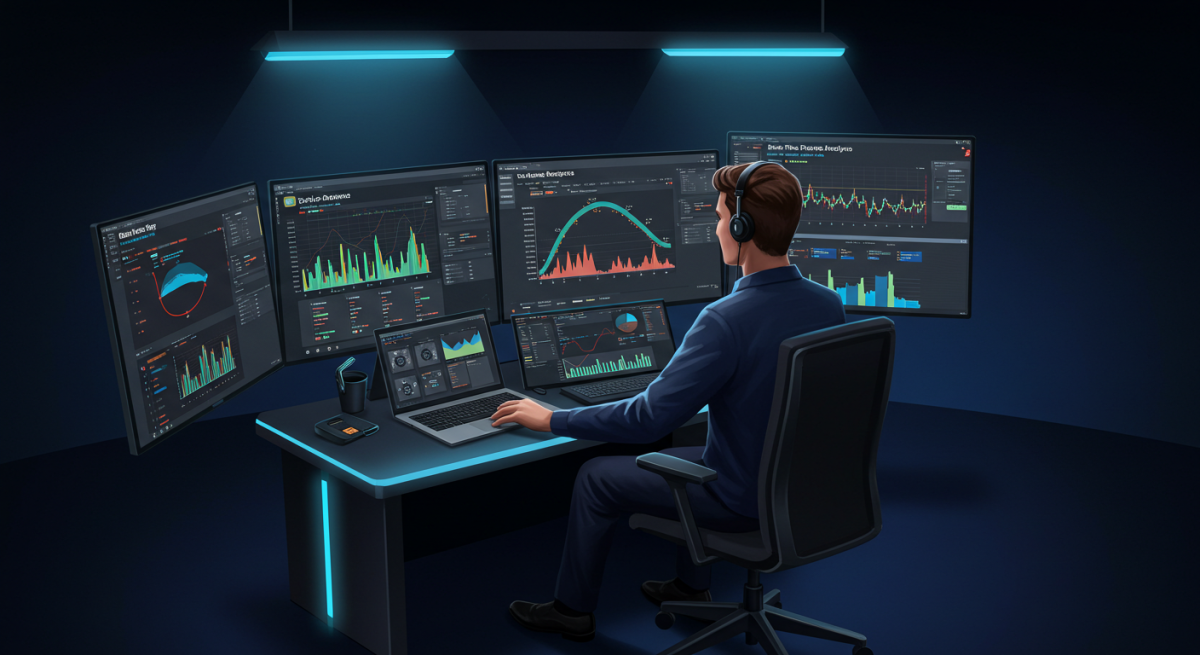
For promoters managing multiple venues or co-promotion deals, centralized systems become essential. Co-promotion arrangements require precise revenue tracking and settlement calculations, complications that multiply when dynamic pricing adds multiple price points to the mix.
How Do You Balance Revenue Goals With Industry Relationship Management?
Here's where dynamic pricing concert promoters separate themselves from algorithmic amateurs: understanding that maximizing short-term revenue can destroy long-term value if implemented poorly.
The industry backlash against certain high-profile dynamic pricing was about transparency and relationship management. Successful promoters communicate their pricing strategies clearly, both to industry partners and to consumers.
Artist management teams need to understand how dynamic pricing affects their guarantees, percentage deals, and fan relationships. Venue owners want assurance that pricing strategies won't damage their reputation or create operational complications. These conversations happen before implementation, not after fan complaints hit social media.
Smart promoters also build in relationship protections: price floors that ensure tickets remain accessible to core fan demographics, transparent communication about how pricing works, and override capabilities for special circumstances. The goal is to optimize total venue profitability while maintaining the ecosystem that enables future shows.
Research on pricing strategy effectiveness shows that transparency doesn't hurt revenue performance. When customers understand pricing mechanisms, satisfaction scores remain stable even with fluctuating prices.
FAQs
How much can dynamic pricing increase concert revenue? Academic studies indicate 4% average revenue increases for venues using tiered pricing strategies, with profit margin improvements averaging 5% per service sold. Most venues see consistent improvements when systems are properly configured and transparently communicated.
Does dynamic pricing hurt fan relationships? Studies indicate that transparent dynamic pricing doesn't negatively impact customer satisfaction when clearly communicated. The key is avoiding surprise price changes at checkout.
What technology infrastructure is needed for effective dynamic pricing? Modern venue management software with integrated ticketing, real-time analytics, and automated pricing capabilities. Manual systems create more problems than benefits.
How do you handle artist contracts with dynamic pricing? Establish clear terms about pricing flexibility, revenue sharing calculations, and approval processes before implementing dynamic strategies. Transparency prevents disputes.
Building Your Revenue Optimization Strategy: The Path Forward
Dynamic pricing isn't about squeezing every dollar from desperate fans. It's intelligent revenue management that recognizes the true value of live music experiences. The promoters thriving understand that effective concert ticket pricing requires sophisticated tools, clear communication, and long-term thinking.
The concert industry will generate an estimated $36.71 billion this year, with dynamic pricing becoming increasingly standard across all venue sizes. The most successful promoters are already using comprehensive platforms that integrate dynamic pricing with every aspect of live event management, from initial booking through final settlement. Get started with Prism's tools designed specifically for the live music industry's unique challenges and opportunities.
